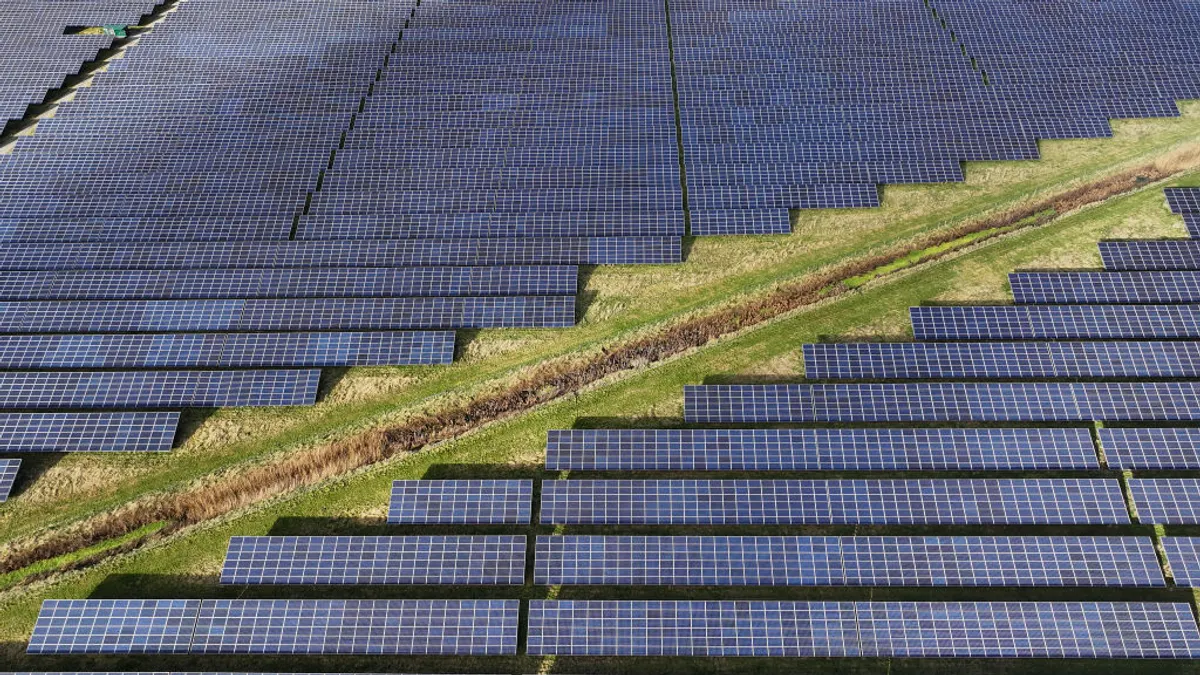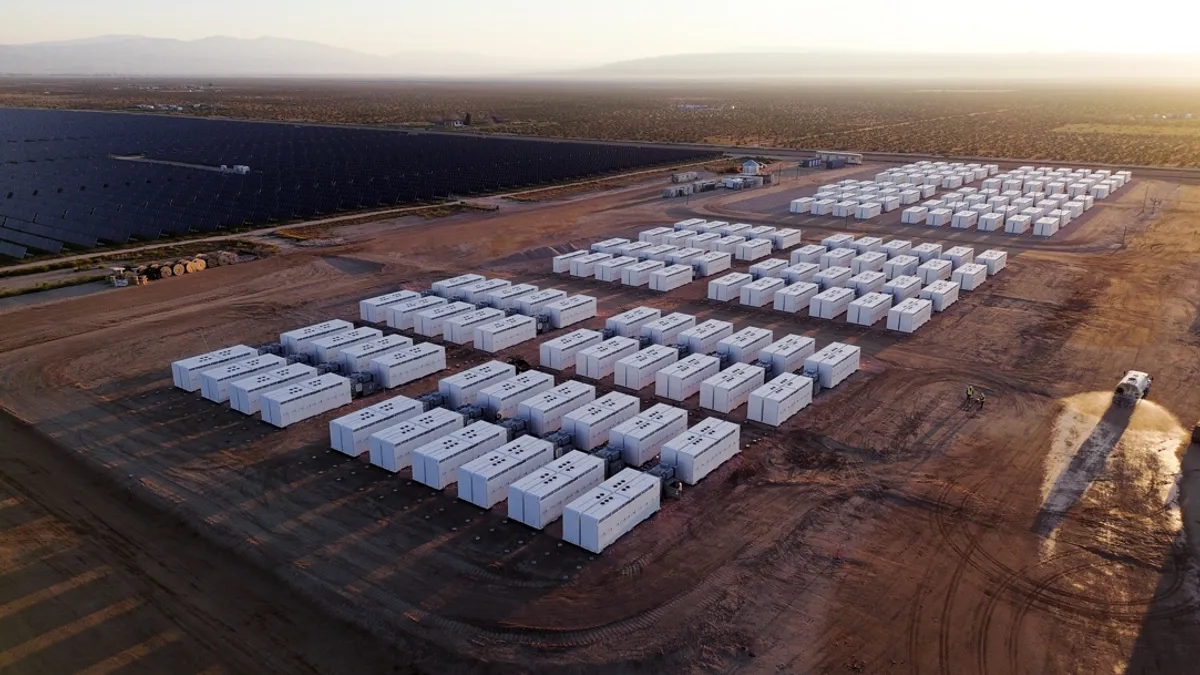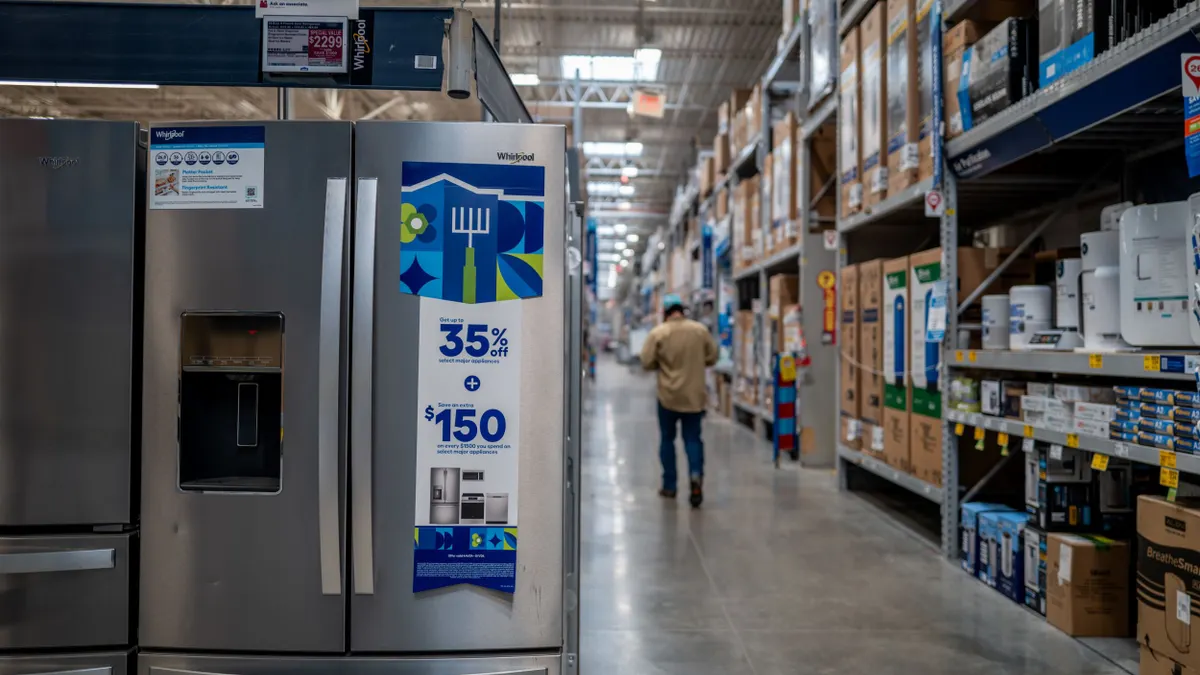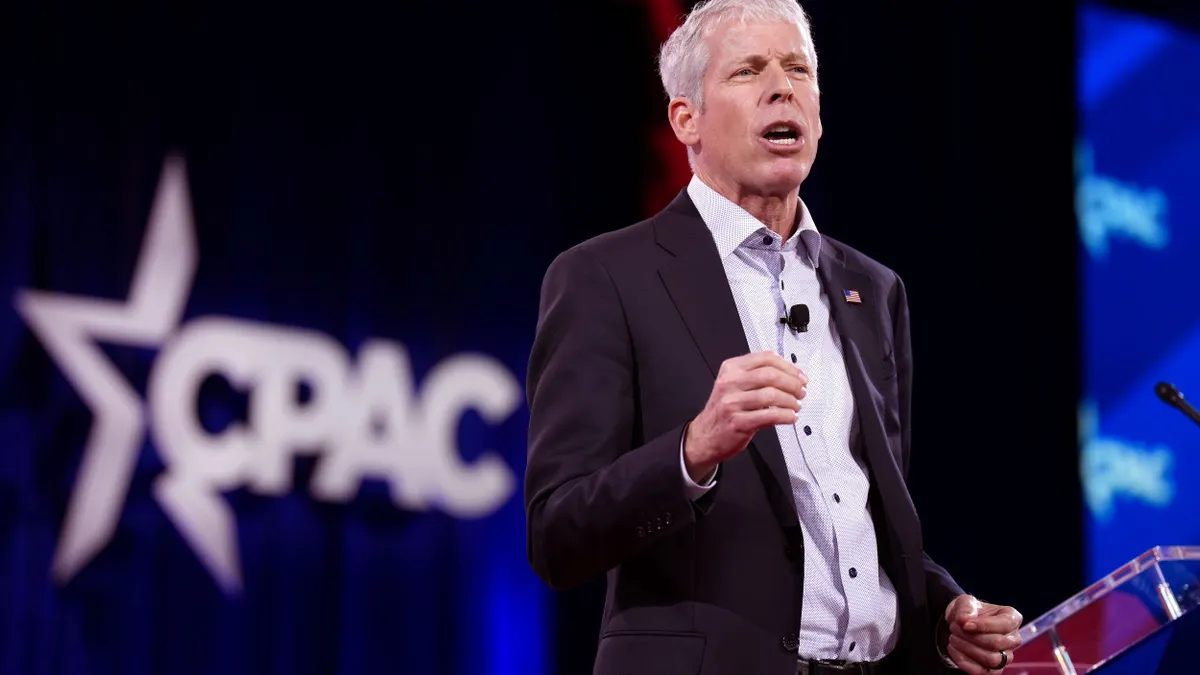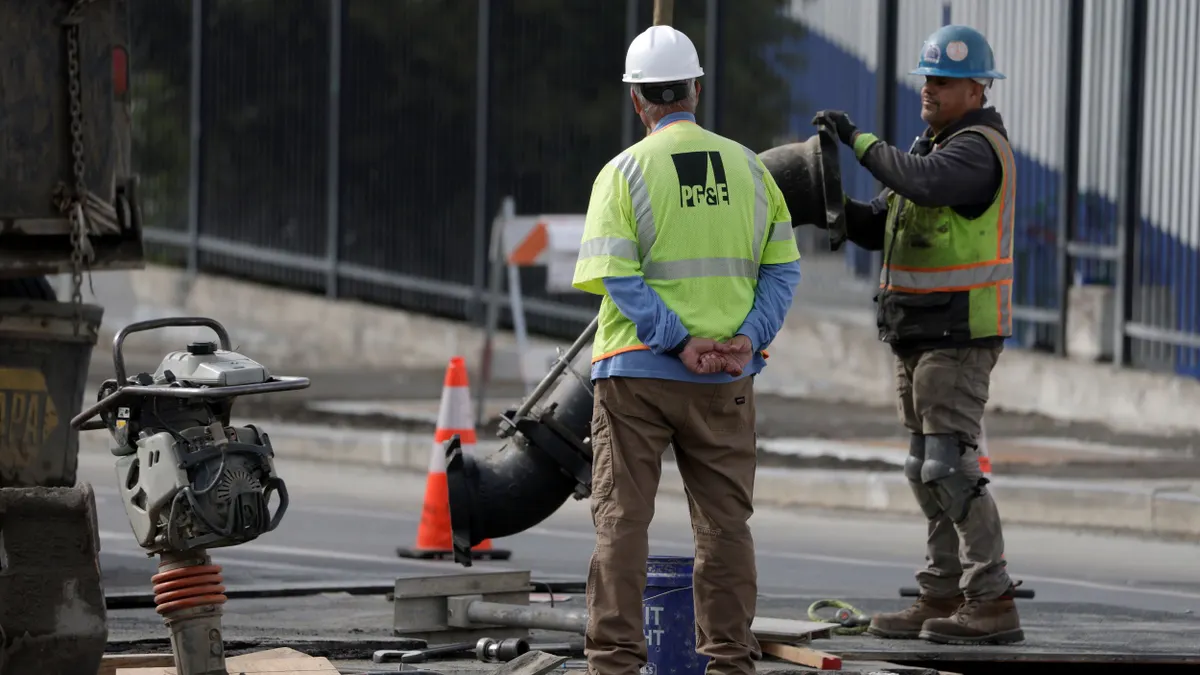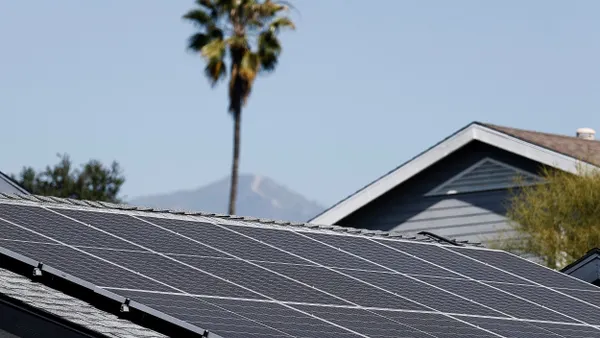Michael Spurr is public affairs manager at ADS-TEC Energy.
With the transportation sector being the largest contributor to greenhouse gas emissions in the U.S., and the transition to EVs taking shape to combat the issue, the build-out of charging infrastructure must keep pace with the transition to serve the growing population of EV drivers. Fast charging stations can charge EVs in a short amount of time at high charging power, and a substantial number of these stations need to be installed nationwide. A recent National Renewable Energy Laboratory study determined that by 2030, 182,000 fast charging ports will be necessary to support a fleet of 33 million EVs in the U.S. — up significantly from today’s 29,000 ports.
The role of demand charges
Utility bills for commercial and industrial customers are based on the amount of energy used, known as energy charges, and the customer’s maximum power demand draw on the grid is known as demand charges. Demand charges based on the peak power capacity demand of a customer exist because public utilities need to recover their costs for building out and maintaining the system capacity of the grid for all customers. Therefore, the customers taking up a majority of that capacity need to carry some of the costs associated with the power upgrade. This is the cost-causation principle. In doing so, demand charges are an important price signal to incentivize the efficient use of the grid by customers. Over the years, demand charges have been proven to reliably and fairly allocate costs.
Fast-charging EVs require high power capacity (kW) for a short period of time with relatively low overall energy volume (kWh) transferred to the EV. Consequently, demand charges for the sharp power demand outweigh the energy charges at low utilization levels in the early stages of operation leading to higher average kWh costs for charging facility operators initially. However, as utilization of the fast charging station increases, the effects of high demand charges are lessened.
The EV charging industry has been pushing for alternatives — specifically, relief and mitigation programs to the impact of demand charges on operators — implemented by utilities and approved by regulators. Some of the alternatives and relief programs, like discounts and exemptions, are temporary and scheduled to run out after a certain period or when station utilization reaches a defined level. Some, however, are put in place indefinitely.
Unintended consequences: Removing demand charges leads to increased emissions
Although demand charge alternatives may be beneficial for individual operators, there are substantial adverse effects on other customers and society at large. By disabling the steering and price signal role of demand charges, utilities and regulators are incentivizing the use of peak power capacity in the grid, as opposed to looking for ways to sustainably reduce the peak power demand draw on the grid. As a result, utilities are having to respond and build out additional peak capacity in the grid.
Utilities achieve this mostly through expensive “peaker” plants, which are power plants that provide peaking capacity to the grid. These plants are typically fossil-fueled powered facilities that get activated only during times of peak electricity demand and tend to operate for just a few hundred hours a year; they are often older, polluting facilities. Since the key feature of peaker plants is the ability to rapidly turn on and off to meet real-time demand, they are inefficient and costly.
Peaker plants in the U.S. are a major emitter of CO2, about 60 million tons per year, and contributor to climate change. From an environmental justice perspective, the issue is further compounded by the fact that the plants are typically located in low-income and disadvantaged communities, causing detrimental effects on public health.
These demand charge alternatives and relief programs are designed to decrease operating costs for charging station developers and operators in the short-term to spur the build-out of more charging stations and the adoption of EVs. While the aim of these programs should be supported, the means are shortsighted. Removing the price signal to operators and the sole focus on providing peak power capacity discourages the efficient use of the grid and forces utilities to provide additional capacity to the grid through fossil-fueled peaker plants. Reliance on peaker plants leads to an increase in emissions that the transition to EVs is aimed at reducing.
To achieve our climate ambitions, we must reduce emissions as much as possible. Considering the 2030 charging infrastructure timeline and looking at projected demand for EV fast charging stations alone, an estimated additional power demand capacity of 38,250 MW needs to be accounted for in the electric grid. In addition to the build out of charging infrastructure, electrification across other industries will put further strain on the grid. Electric grids across the U.S. are already unable to always meet peak power demands, with a clear example being blackouts in many areas of the country during extreme weather conditions, be it heat waves or extreme cold over the last few years.
Solution and call to action: batteries and other load-management tech
Programs and policies should focus on reducing peak power demand, which can be achieved by using batteries and other load-management technologies. In the realm of EV charging, battery-buffered fast- charging systems are able to reduce peak power demand by 65% compared to a standard fast-charging station. Battery-buffered EV charging stations significantly alleviate the peak capacity pressure on the grid and bypass the need for dirty peaking power plants that increase emissions. The U.S. government is taking note of the power of battery-buffered solutions to help them drive towards net-zero emissions in federal buildings. The U.S. General Services Administration, or GSA, and the U.S. Department of Energy, as part of the expanded Green Proving Ground program, are currently evaluating battery-buffering EV charging technology for real-world evaluation in GSA’s federally-owned real estate portfolio.
To reduce transportation emissions, the deployment of batteries and battery storage systems in charging infrastructure is an essential lever that must be incentivized at every level of governance across the country. Demand charge relief programs must be cut back as they increase emissions and costs to all customers with severe negative impacts on the environment.






